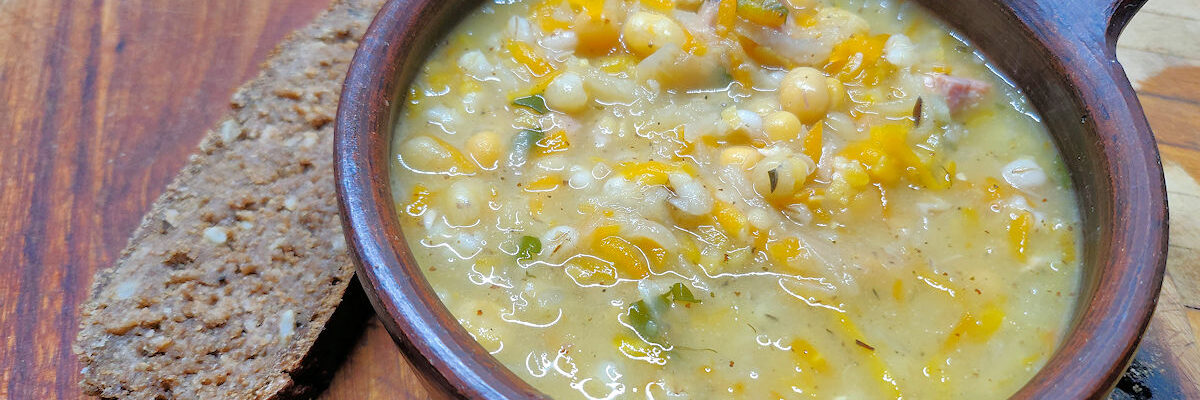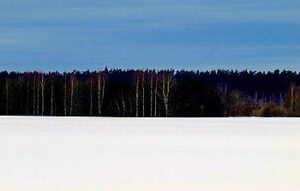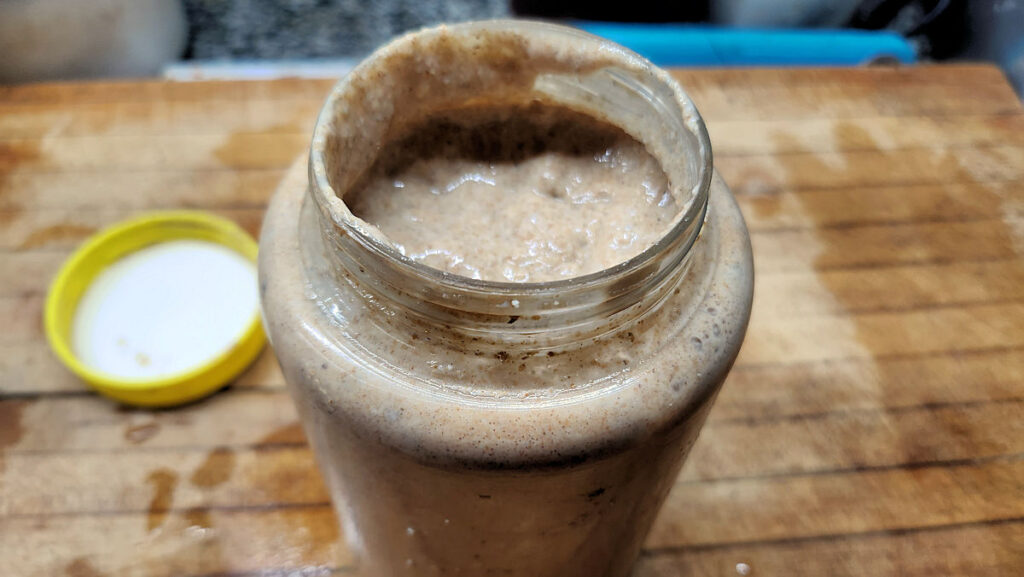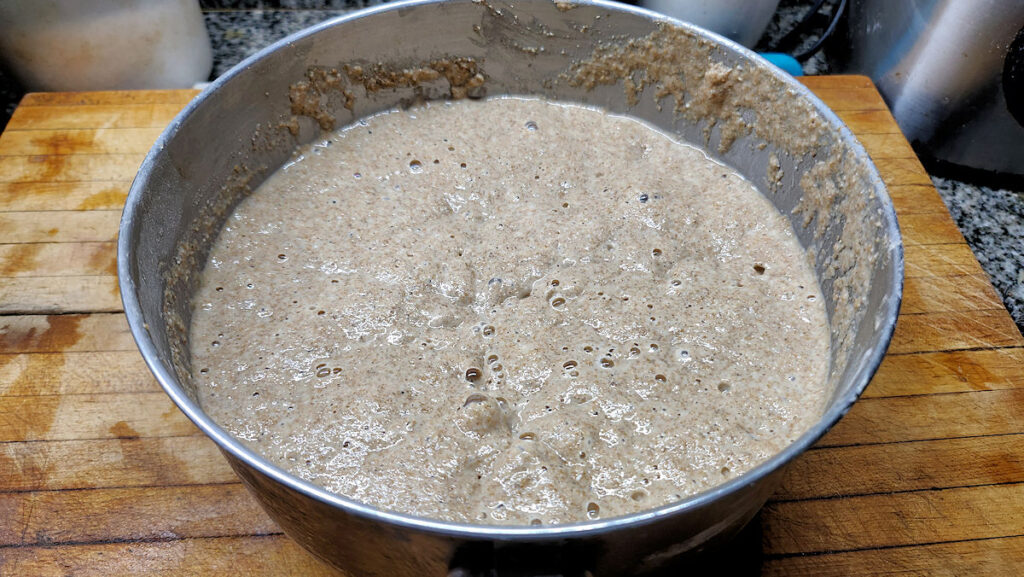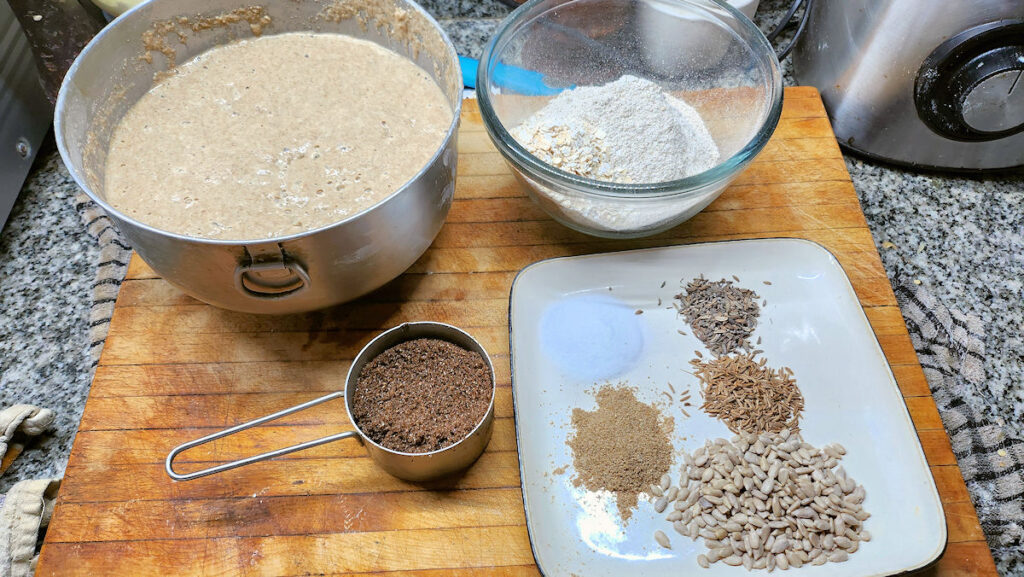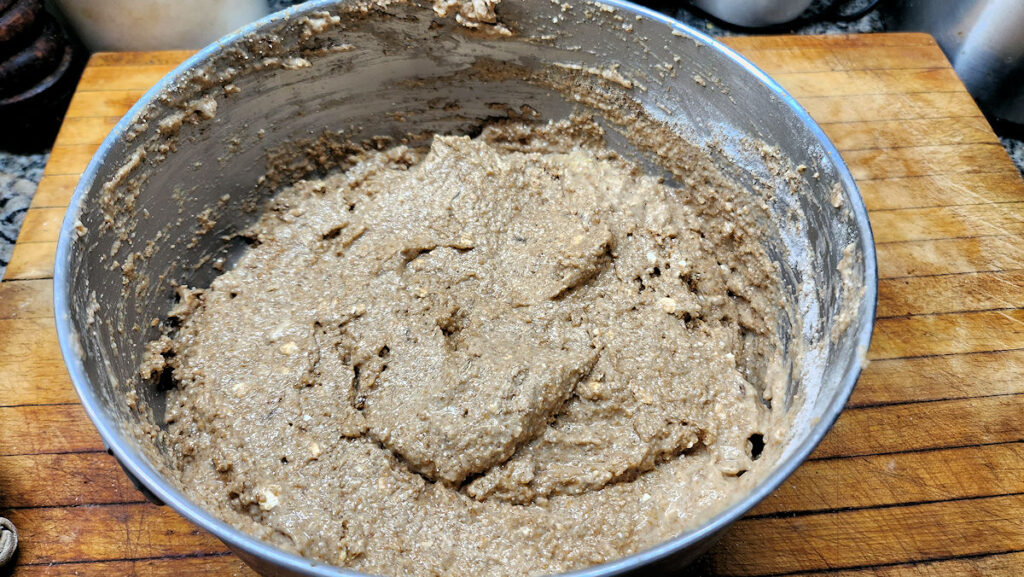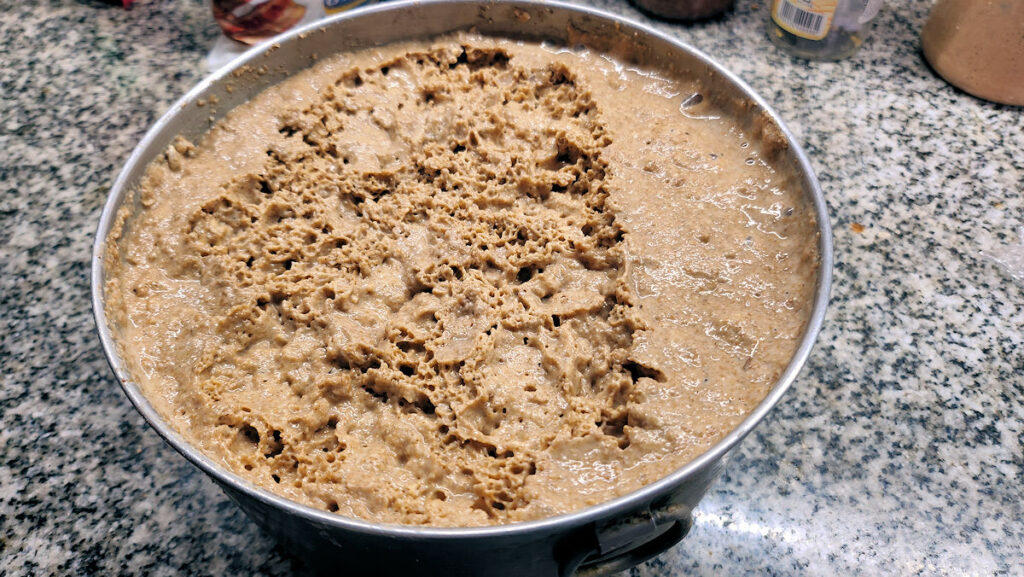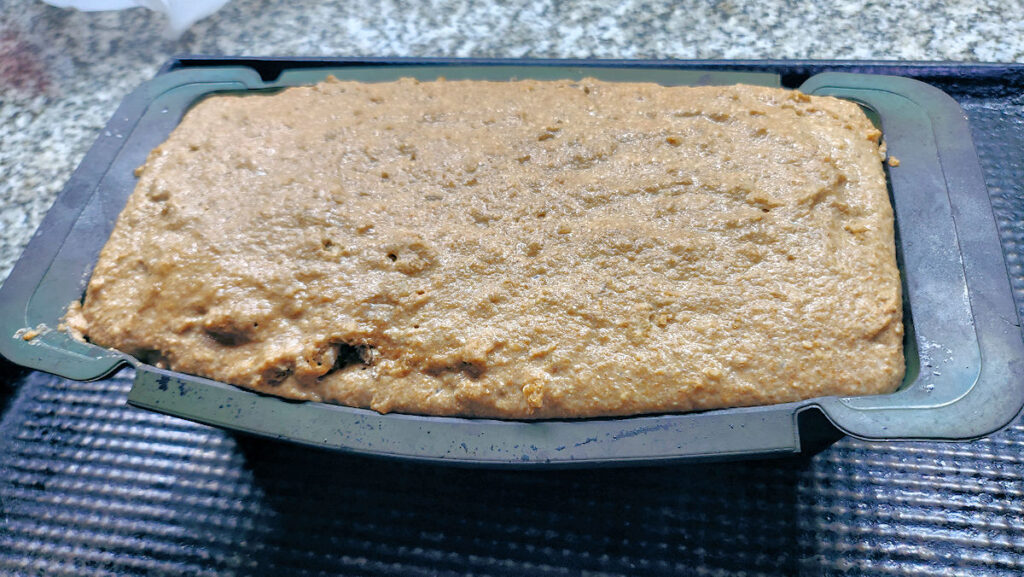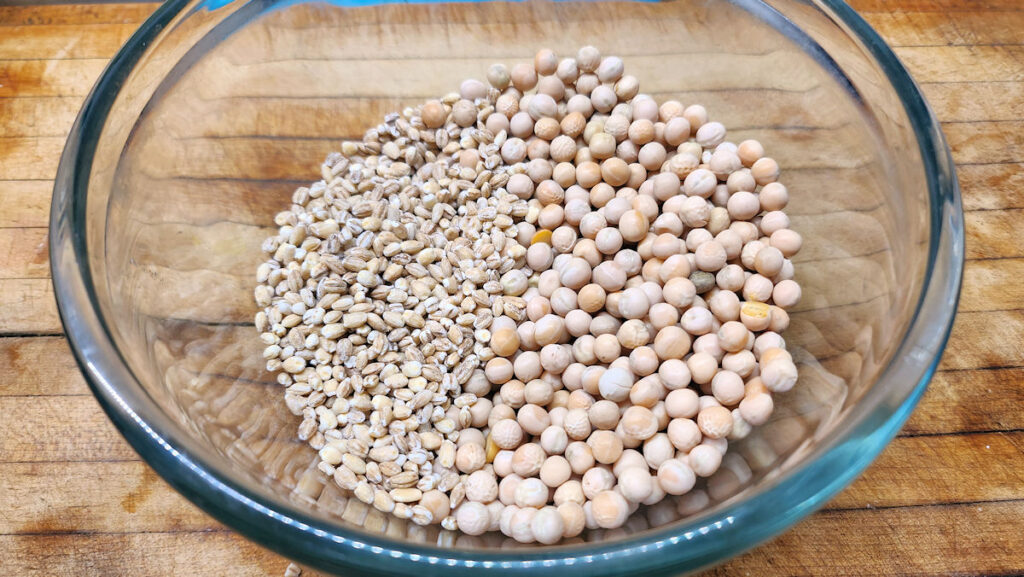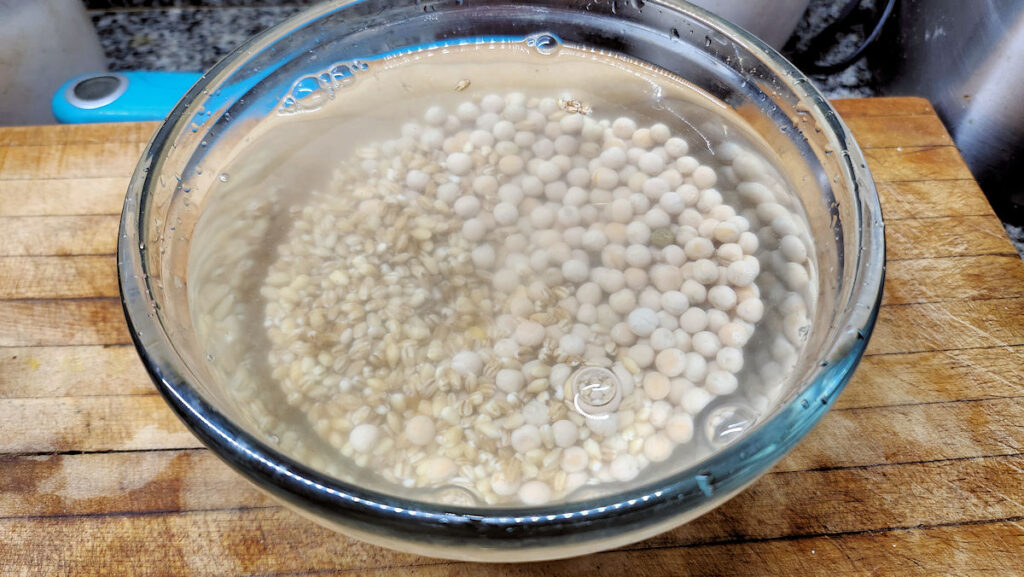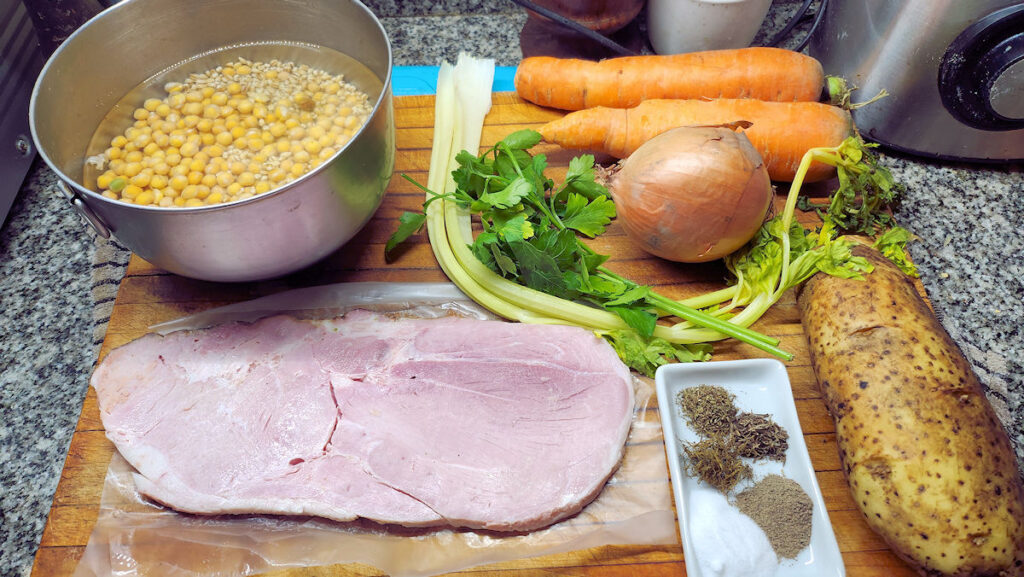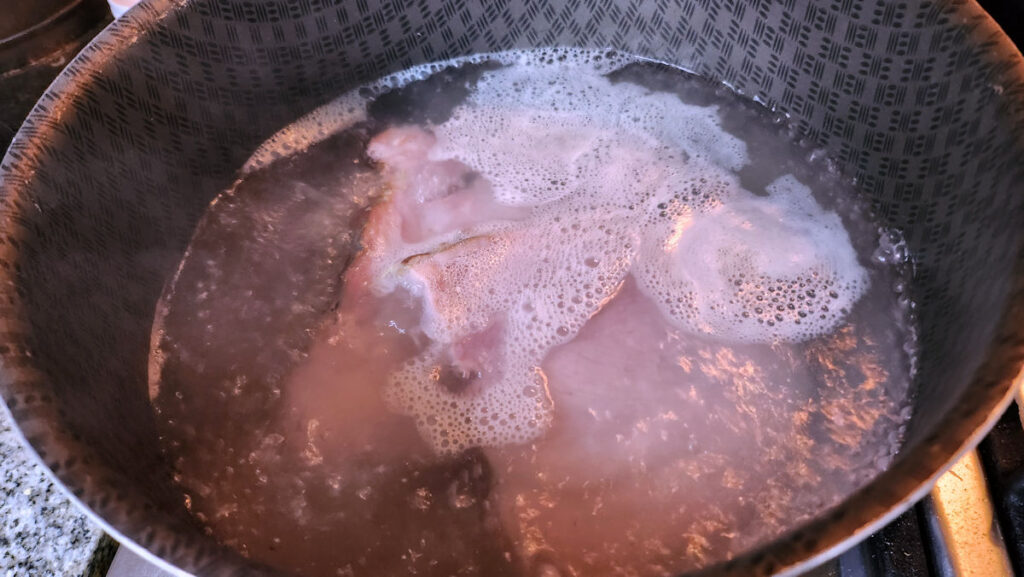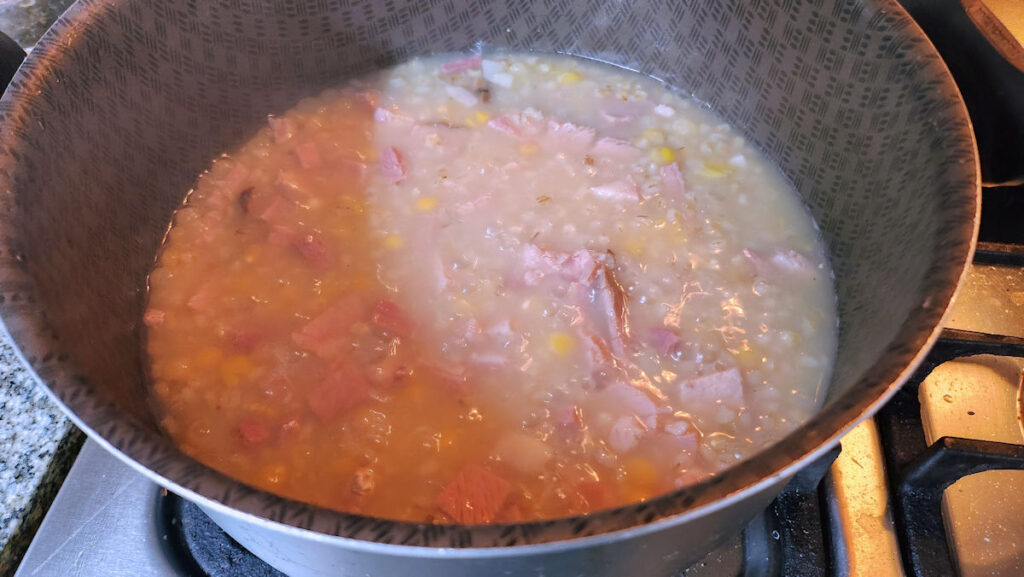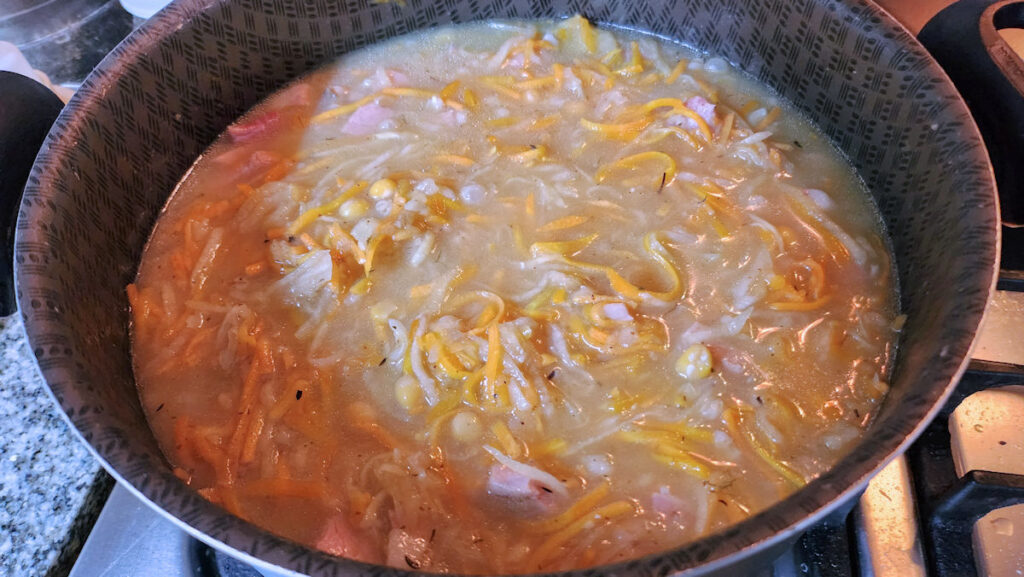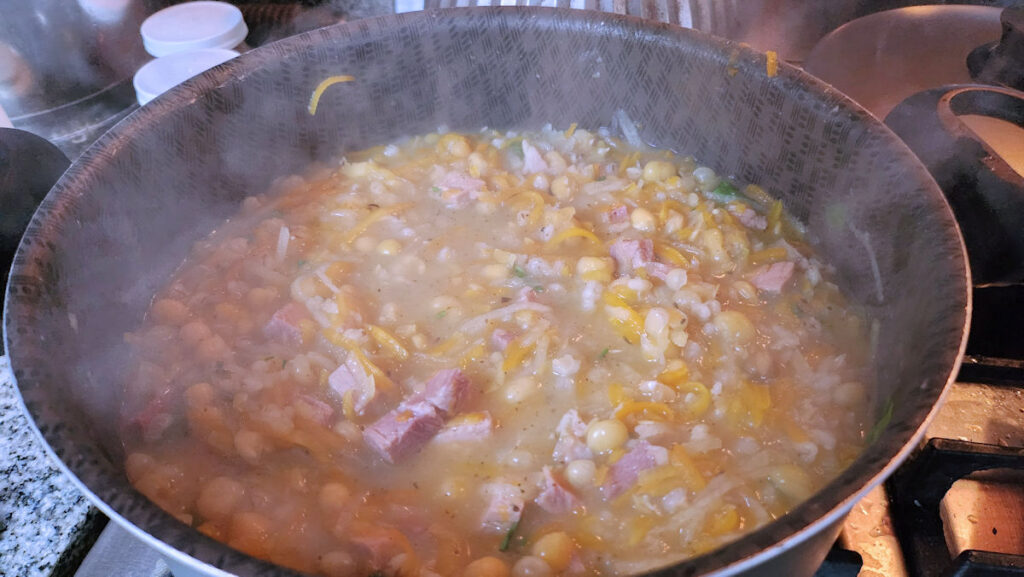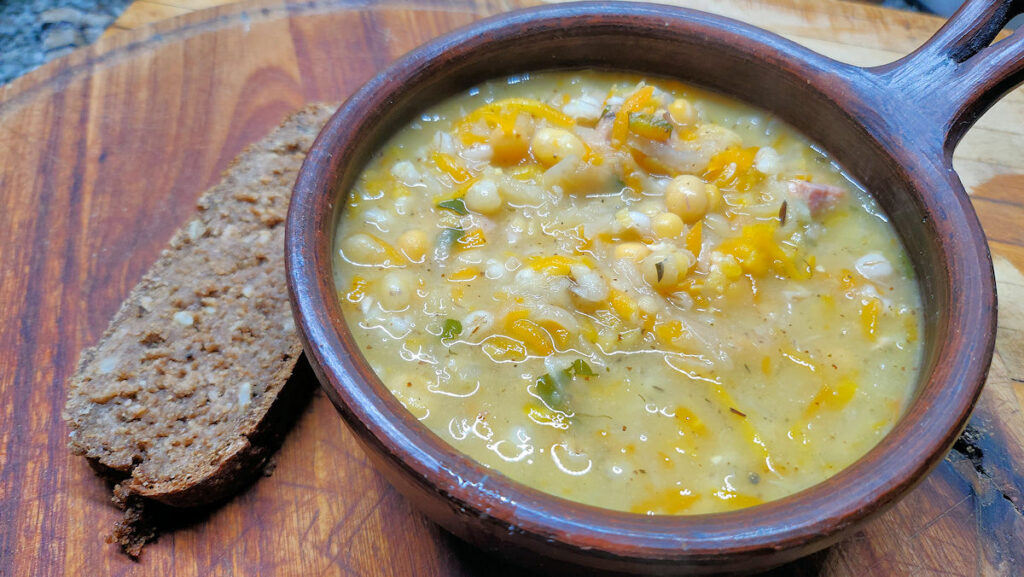We’re off to the Baltic Sea and States this time around in The Bread & Soup Project. Okay, everyone raise their hands who can tell me anything about Estonia.
Thought so. Okay, let’s start with the basics – small country, 17,504 square miles (45,335 square kilometers), putting it about midway between the size of West Virginia and Maryland. That includes the mainland, two larger islands, and 2300 small islands in the Baltic. It has a much sparser population, coming in at around 1.4 million inhabitants, about the same as either New Hampshire or Maine. Historically, it was a part of various empires related to Russia, and a national movement to codify its local culture and language didn’t really take off until the 1850s, but remained subject to various forms of Russian and then Soviet occupation until 1988 when it declared itself an independent nation.
The capital is Tallinn, also the country’s largest city, at 453,000 people, though with the metropolitan area approaching 700,000, or half the country’s population. Just over two-thirds of the population are ethnic Estonians, about 22% are Russian, 5% Ukranian, and the rest a mix. While a quarter of the population are Christian, over 60% of the population claim to be atheist or at least non-religious. For my heritage, there are just shy of 2000 Jews in the country.
The Estonian flag, as I understand it, is meant to evoke a scene of a blue sky over a distant tree line, with a foreground of snow-covered ground. Something like this:
Estonian cuisine is very seasonal, affected significantly by long winters. Pork, potatoes, dairy products, and rye bread make up a large percentage of the diet. Influences on the cuisine come from both the Russian side of things along with its neighboring Baltic states, but also from the western side, from Scandinavia. When it came time to pick the bread and soup for this entry, the classic local rye bread, Leib, was an obvious choice. Several options for a soup popped up, but the most interesting, and seemingly most widespread, was Hernesuppe (“pea soup”), a yellow pea soup with smoked pork. Yellow peas proved difficult to find here – our local Indian products supply store was out of them and he wasn’t going to get any in for about two months, so I picked up a package on my recent trip to New York.
This was the starting point for the Leib. I had to make a rye sourdough starter. Actually really easy to do – just mix equal parts of a quarter cup each of rye flour and filtered water, leave for a day or two to start fermenting, and then each day add another 1-2 tablespoons of each to the mix to “feed” it. After about a week you have a bubbling, ready to work with starter. It’s also more forgiving than a wheat flour one – I put it in the refrigerator while I spent over two weeks on my little vacation, and came back, pulled it out, added a couple of tablespoons to it, and by the next morning when it had warmed up, it was bubbling away again.
Next step is basically to make an even bigger starter – a “poolish” as the bread-baking folk call it. I took about half of the starter from the jar (maybe a cup?) and then added about a cup and a half each of rye flour and water to it, covered it, and left it for a day.
Next day… we have our poolish, another cup and a half of rye flour, 2 tb of oatmeal, 3/8 cup of brown sugar, 2 tsp salt, 2 tb sunflower seeds, 1/2 tsp ground coriander, and 1/8 tsp each of aniseeds and caraway seeds. So many different recipes used so many different spices and mixes, that I just sort of distilled down to ones that sounded like I’d like them together.
Mix it all together to get a stiff dough. No additional water. A couple of recipes recommended small amounts of additional water to lighten up the bread, but also noted that it was less traditional. I decided to leave it dense and heavy.
Cover and let it proof for about six hours. All that bubbling away lightens it up a fair amount anyway!
Put into a loaf pan, cover and let proof, yet again – this is a long process. Though, this time it only took about an hour to rise back up.
And, bake. The recommendation is to put a dish of hot water in the oven while it’s heating so that the interior of the oven stays humid, and start on high temperature. After about 10 minutes at high temp, lower it down to medium and bake “until done”. Recipe directions varied from claiming this would take anywhere from about 30 minutes to more than an hour additional time. I let it go for a total of about an hour and a half and it still came out somewhat wet in the middle. Not sure if that’s the temperature or if that’s just the way it’s supposed to be (doesn’t look like it in photos that people have posted). Maybe I lowered the temperature too much, or should have just let it sit for another 15-20 minutes in the oven.
On to our Hernesuppe. I have about 200gm (6-7 oz) of whole dried yellow peas – some people use whole ones, others split ones, since I’ve done several split pea soups, I thought it’d be interesting to go the whole route. Roughly an equal amount of pearled barley.
Soak in water overnight.
Next day, we have our soaked peas and barley, about 300 gm (10 oz) of smoked pork, a couple of carrots, a couple stalks of celery, an onion, a potato, a couple stalks of parsley, 1 tsp salt, 1/2 tsp pepper, and about a quarter teaspoon each of dried savory, thyme, and dill. Missing from the photo, a heaping tablespoon of whole mustard.
Boil the smoked pork for about ten minutes, then remove it and chop it up. Skim the foam off the water.
Add the peas and barley, bring back to a simmer and cook at very low heat for an hour.
Peel and shred, grate, or finely chop the carrots, celery, and potato, and cook down in a skillet with the spices, herbs, and mustard, until soft and starting to color.
Your soup base should look like this, more or less.
Add the vegetables and top with a little more water if needed. This is intended to be a thick soup, so don’t overdo it.
Bring back to a simmer, cook thirty minutes. Taste, adjust the seasoning if needed – I added a bit more salt and pepper at this point. And, you’re ready to serve.
The soup? Delicious. Hearty, rich, great flavors. I think I might grate or dice the vegetables if I make this again, almost more for aesthetics than anything – though just shredding them with a food processor is so easy…. The bread? Great flavor, but you can see it’s still very moist – far more than I think it should be. And really, too much work to make again. I guess when it’s your daily bread and you can make a couple of loaves at a time, you can just get all the various proofings into a timeline that works, but to make it one time… probably never again.
Next stop? It’s back to Africa (how many countries are there in Africa, it seems like half this project has been spent there? the answer is 54, which is more than a quarter of the countries in the world), and on to Eswatini, what I grew up knowing as Swaziland.
